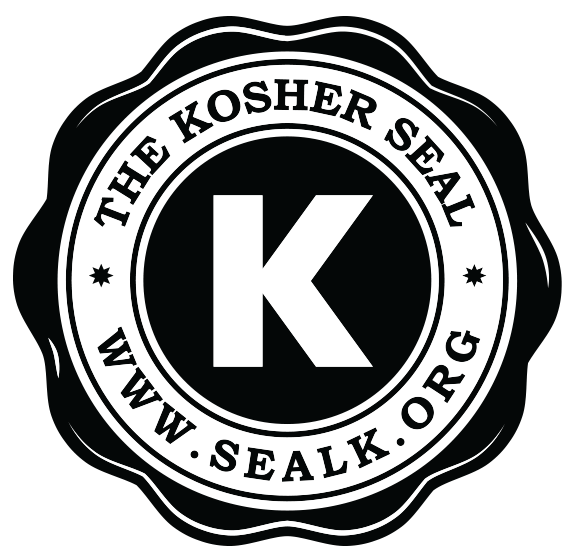Shatnez Lab

Shatnez Services
Lab & Certification
Seal-K offers Shatnez checking services to individuals who wish to check their garments, or to remove the shatnez from the current garment, and to manufactures seeking valuable Shatnez-Free certification.
For more information please contact our Shatnez-Lab at shatnez@sealk.org or call or text 773.715.7780
All Shatnez checking services are done at the Shatnez Lab located at:
Shatnez Lab / Seal-K
6136 N Central Park Ave. Chicago, IL 60659
Please do NOT send testing requests to the main office.
What is Shatnez?
Source of the prohibition
Shatnez – a mixture of wool and linen – is a Biblical prohibition mentioned twice in Scripture: “A garment of mixed fibers – shatnez – shall not be draped upon you” (Leviticus 19:19). “You shall not wear mixed fibers, wool and linen together” (Deuteronomy 22:11).
Explanation
The prohibition against wearing Shatnez is a Chok and therefore does not have a rational explanation. Nevertheless, the Rambam (Moreh Nevuchim chap. 37) explains that the prohibition stems from the fact that priests wore such garments in their idolatrous services, and therefore such garments are forbidden to Jews. The Ramban offers a different explanation: by mixing two different types together this changes and impedes processes in Hashem’s creation. In our case this refers to wool (produced from an animal) and linen (produced from flax plants), although the same principle applies to grafting different plants together and cross breeding different species of animals.
The Midrash (Tanchuma) suggest that this prohibition is associated with the offerings that were brought by Cain (flax stalks) and Abel (a sheep) – a mixture of species that ended in tragedy.
Definition
The prohibition of shatnez applies only to wool from sheep or lambs mixed with linen produced from flax stalks. The Sages explained the word shatnez as a compound of three words – shua, tavoi, nuz, (combed, spun and woven) – so that the Torah prohibition applies only when both the wool and the linen fibers have been processed in this manner. However, they are still rabbinically prohibited even if they wool and linen were not fully processed in the above manner, for example if they were only sewn but not woven together.
(See Talmud, Niddah 61b, according to Rashi. However Rabbeinu Tam maintains that even if they were only sewn together they are prohibited by Torah law).
Precautions
As mentioned above, only sheep’s wool is prohibited in combination with linen. Goat hair (from which cashmere is produced) camel hair, rabbit fur, mohair, angora, alpaca, silk, and so on do not present a problem. However, today much of what is labelled cashmere is in fact wool or is combined with wool.
Although there are other fibers that are similar to linen, such as ramie, hemp and jute, the prohibition applies only to linen. However, manufacturers often mislabel fibers (knowingly or unknowingly) and one cannot rely on what the label states. The distinctions between ramie and linen can only be detected by a trained checker using a microscope.
Linen is often used as a stiffener in high-end garments, especially in the collar of men’s suits, but can also be found in regular suits where linen off-cuts or threads may be used in shoulder pads or other places.
Used garments may have been repaired with a linen patch.
New patchwork quilts, jackets and skirts may have linen pieces among them.
Reprocessed materials (often labeled as “other fibers” or O.F.) in new garments can also present a major problem and should be avoided.
Silk ties, particularly from Europe and Eastern Europe are often padded and stiffened with a wool-and-linen inner canvas. Spain is a major culprit in this regard.
One should be aware that wool slippers may be sewn together with linen
threads.
Nullification
Although small amounts of linen in a wool garment, or vice versa, may be nullified (botul) this depends on several factors that only a trained shatnez checker can determine.
Separate garments
From the juxtaposition of the verses quoted above we deduce that it is permitted to wear a wool garment and a linen garment at the same time (e.g. a wool jacket and linen pants), as long as they are not permanently attached.
However, many authorities maintain that if one cannot remove one garment without having to take off the other (e.g. a linen shirt under a wool jacket) this would be prohibited. Where one garment can easily be removed without having to remove the other (e.g. a wool sweater and linen skirt) there is no problem.

